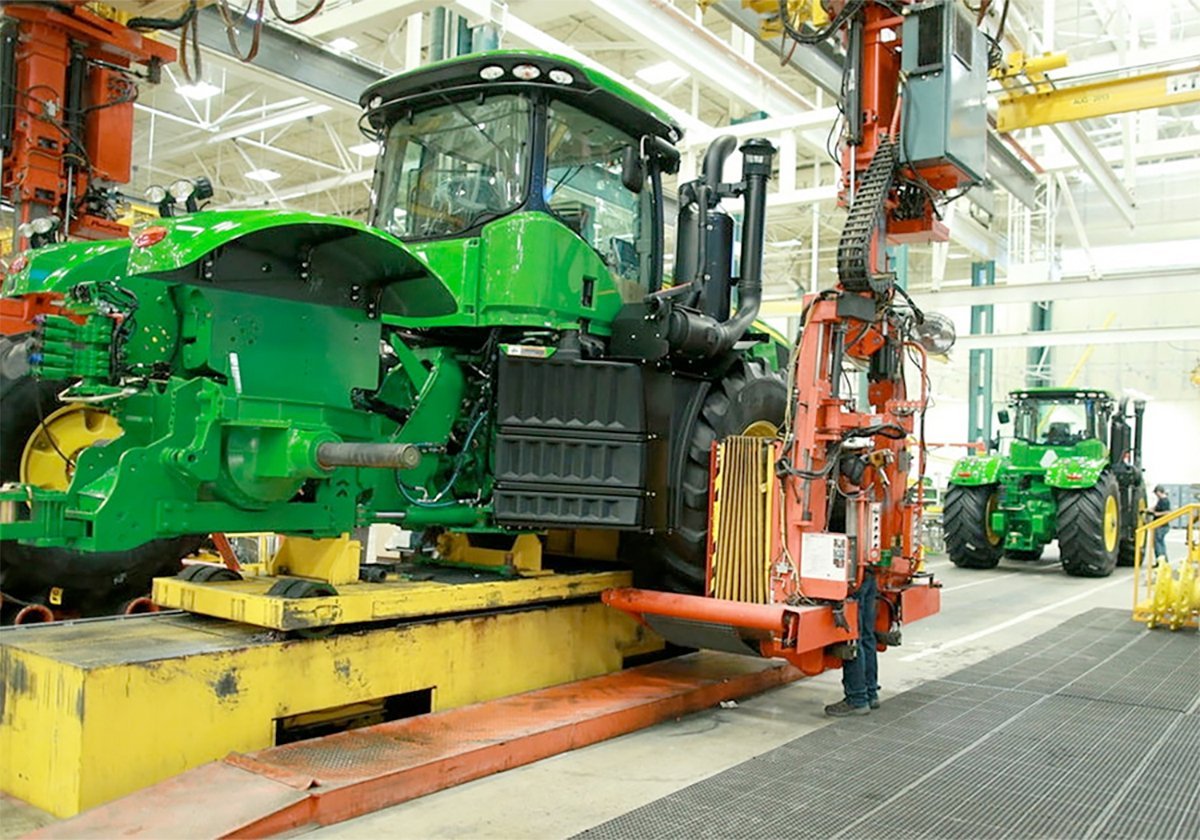THE LOWEST year-end world wheat stocks in 30 years presents an opportunity to revisit grain buyers’ opposition to genetically modified wheat. Users who bemoan wheat’s soaring price might be open to arguments that GM wheat could offer a more reliable supply.
The issue was initially raised a few years ago when Monsanto sought regulatory approval in Canada and elsewhere for glyphosate-tolerant wheat. Export buyers opposed it.
The Canadian Wheat Board in 2004 said customers who buy 87 percent of prairie wheat said they would not buy GM wheat. A University of Iowa study came to a similar conclusion, stating that consumers around the world worried about the safety of GM wheat and saw no personal benefit in buying it.
Read Also

Trump’s trade policies take their toll on Canadian producers
U.S. trade policy as dictated by president Donald Trump is hurting Canadian farmers in a multitude of ways.
Canadian and American farmers have embraced GM canola, corn and soybeans, but said they had no interest in growing a crop that buyers reject.
The reaction caused Monsanto to drop its GM wheat research in 2004.
Now some wheat farmers worry their crop is technologically lagging.
The U.S. National Association of Wheat Growers and the American wheat industry’s promotional arm, U.S. Wheat Associates, early this year passed motions supporting genetic research on wheat and representatives met with Canadian wheat industry officials in May as part of an effort to get all wheat exporting countries to take the same stand.
They believe if they don’t do something, wheat’s popularity with farmers will fall behind other crops. There is evidence that it is already happening.
Global wheat area peaked in 1996-97 and this year was down six percent from the high. Meanwhile acreages of corn, soybean and canola have steadily increased. In the last three years, U.S. corn yields averaged 22 percent more than in the same period in the 1990s, soybeans rose by 14 percent but wheat rose by only eight percent.
In Canada in the same period, canola yields rose a whopping 28 percent while wheat climbed 16 percent.
Improved hybrids contributed to the gains in corn and canola but so did genetic alteration for improved weed and insect control.
Wheat will likely fall further behind when new multigene-stacked crops, including traits such as improved nitrogen use, arrive in other crops over the next few years. That will hurt the Prairies, where wheat is adapted to the climate and plays an important role in crop rotations.
Canada’s wheat growers, through the CWB, would do well to join with growers in other countries to explain to buyers that falling acreages and high wheat prices could become the norm in the future if the agronomics and profitability of wheat fall behind competing crops.
They must replace buyers’ uneasy suspicions with the idea that GM wheat offers a direct consumer benefit: secure supply. This will also signal to GM researchers that growers want them to include wheat in their programs.
Bruce Dyck, Terry Fries, Barb Glen, D’Arce McMillan and Ken Zacharias collaborate in the writing of Western Producer editorials.














